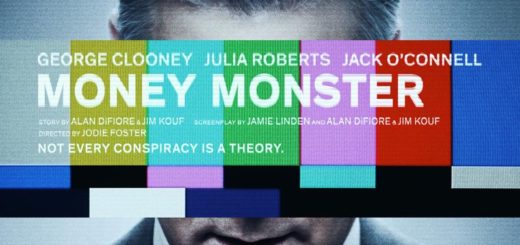SING STREET Review
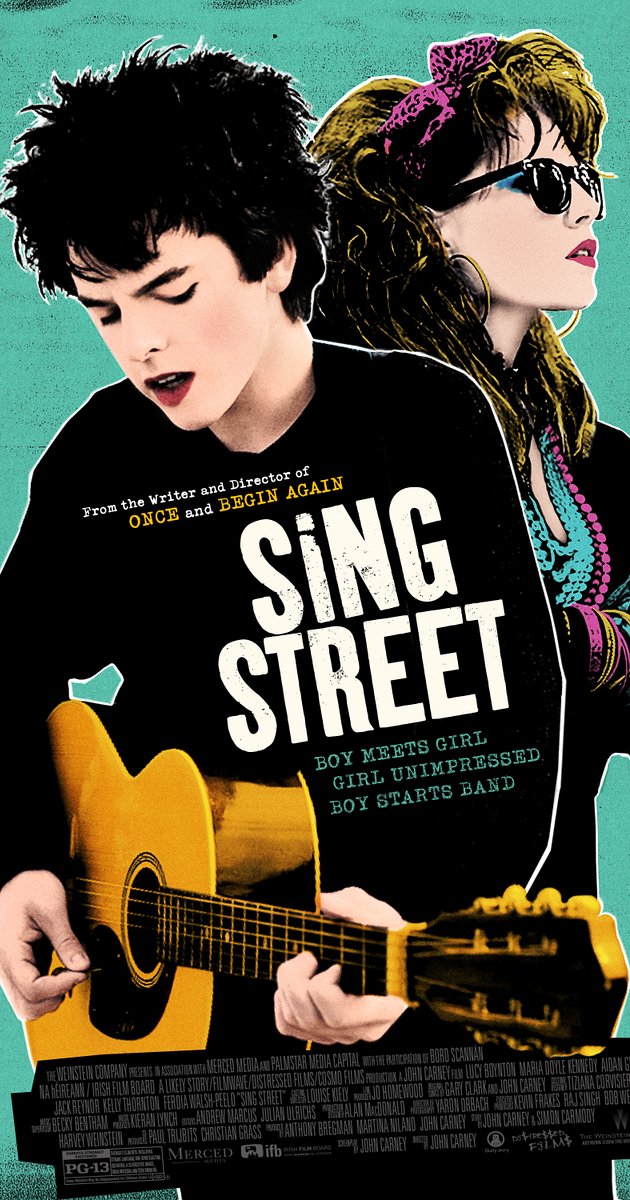
Director: John Carney
Genre: Drama, Musical
Year: 2016
Between the years of 2009 and 2012, I played in a high school garage band, and it meant the world to me. Day in, day out, I would write lyrics, rehearse with the boys during lunch breaks and weekends, and lug heavy equipment to inconvenient places in order to film a music video. Every fiber in my body was committed to playing our next gig and improving piece by piece, and even when we sounded like crap, we sounded like a synchronous unit of crap, an accomplishment in and of itself.
What I learned during those four years was that being in a band had nothing to do with sounding good or bad. It was about doing something together and creating music that otherwise couldn’t have been done solo. SING STREET is director John Carney’s (of ONCE and BEGIN AGAIN fame) ode to the virtues of playing in a school band, tracking these musicians’ growth with beat for beat accuracy, and tying the entire thing together in a touching, romantic coming of age tale set in 1985 Ireland. To say I was touched would be a gross understatement.
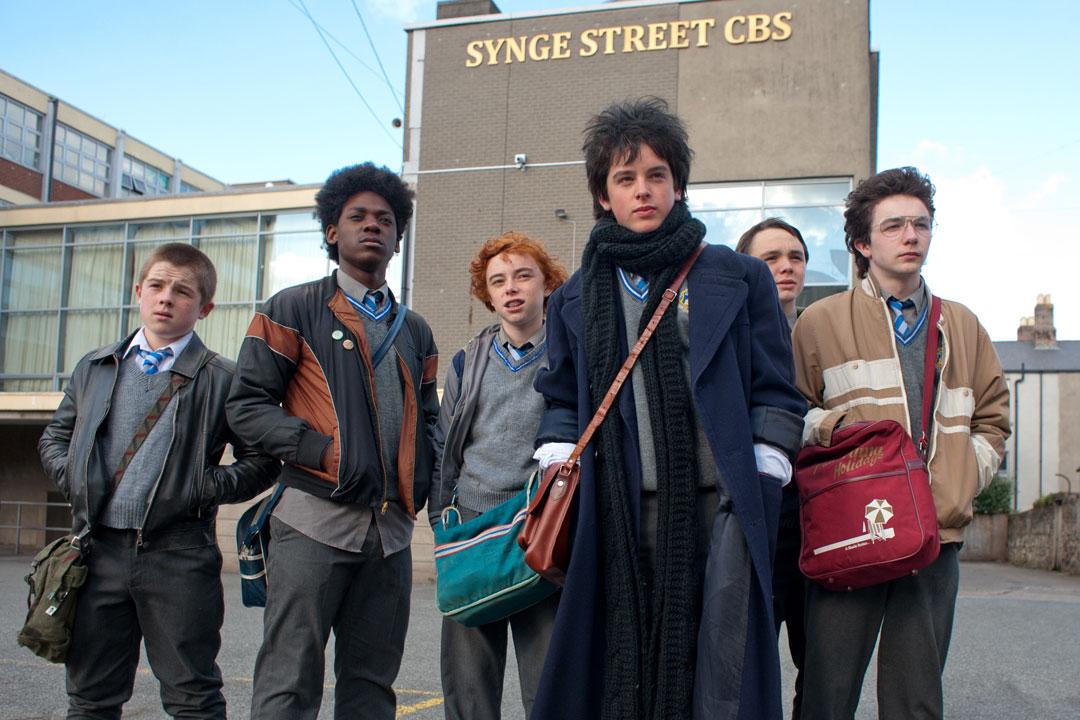
Also, I’d be lying to say I didn’t have that exact hair, scarf, and coat in ninth grade
Even without its phenomenal musical numbers and clever incorporation of 1980s music, SING STREET is a phenomenal period piece, delving right into the belly of its strict, Christian school system. The endlessly charismatic Ferdia Walsh-Peelo fights to win the love of Lucy Boynton, a beautiful local who is taken aback by his passion for writing songs about her. Carney quite literally catapults his viewer into the film’s inciting incident, wasting absolutely no time, rapidly building the world in a matter of seconds in order to get to the nitty gritty: the music.
After the strict school system and the love interest are introduced, Walsh-Peelo forms the film’s titular band, devoting most of the running time to a multitude of musical numbers that not only showcase the growing progress of the group, but also each of Walsh-Peelo’s emotional hurdles, as he grows to understand more about the nature of love and who he is as an artist and human being. Whilst a traditional musical would allow songs to be roaring segues that establish a character’s mood, revelation, or newfound motivations, SING STREET uses its numbers as poignant moments of introspection, joyously captured through Carney’s trademark knack for vérité.
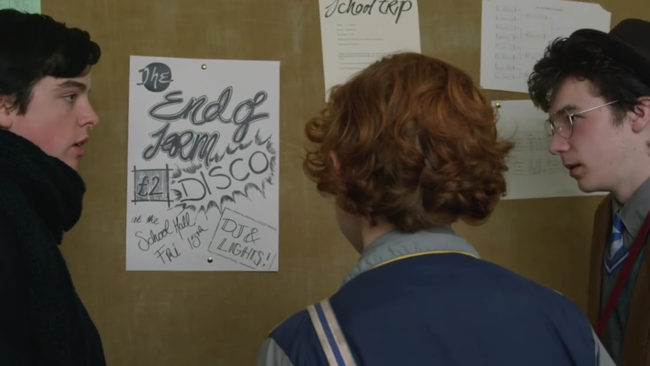
“Anybody who’s anybody has played the END OF TERM DISCO, guys…”
Thus, transitions between singing and speaking are never jarring, constantly allowing the characters to grow as individuals, turning Walsh-Peelo from a shy, bullied high school boy to a tough, motivated punk who will wear makeup to school whether the administration likes it or not. This growth is cleverly catalyzed through intermittent conversations between Walsh-Peelo and his older brother, played by Jack Reynor, a washed-up stoner who is absolutely crazy about the British music scene. In these sequences, Reynor introduces new emerging musicians from the UK to his brother, ushering in new phases of Walsh-Peelo’s sound and look.
Both hilarious and ingenious to behold, it is shocking just how accurately Carney captures the psychological process of a teenager caught up in his art. Because SING STREET’s original tunes are so catchy and well-produced, it would have been great for Carney to play with the idea that the exceptional quality is mostly in Walsh-Peelo’s head. This felt like somewhat of a missed opportunity during the climactic concert, a moment where a messy PA mix and imperfect vocal delivery could have cemented the fact that it was never about sounding great, but feeling great. Each new song not only serves as a callback to Walsh-Peelo’s latest favorite musician, but cleverly asserts just how occupied he is with himself in the process, never really learning much about his brother, despite the fact that Reynor is the only reason he’s the musician he is today.

Today, my hair is getting close to being more like Reynor’s… so I guess I’m doomed
Perhaps Carney’s greatest accomplishment, however, is hidden within this fraternal relationship. Reynor is so much more than his character leads on in the film’s gag-heavy trailer. His passion for music is only trumped by his love for his sibling, and as Reynor helps his brother grow as a musician through bold, honest feedback, viewers begin to see a side of him that he has quietly internalized through his lazy outward appearance: the passion of an artist who was forced to give up. With a physical manifestation of creative failure embedded right in Walsh-Peelo’s household, Carney propels his narrative with incredible force, causing no narrative beat to feel rushed or unrealistic.
Reynor’s crushed ambitions of breaking away from Ireland and becoming a London musician represent a universal theme of lost dreams and breaking out of one’s small town that hearken back to Fellini’s I VITELLONI and Lucas’s AMERICAN GRAFFITI. This greater theme is what makes SING STREET so much more than just a musical romance about a boy who lives in a broken home, neatly packaging its accessible and wonderfully charming facade around an important message of never giving up on your dreams, regardless of how heavy the storm may push you back.
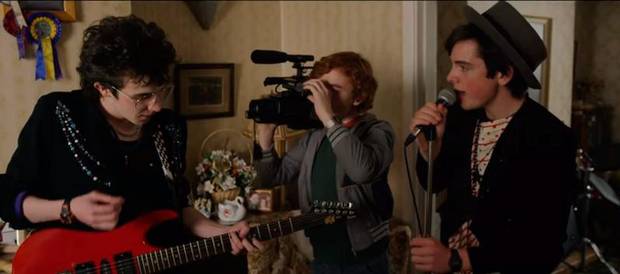
Rivers Cuomo successfully plays a 16-year-old Irish lad
Joyously catchy and a delight to sing along to, Carney’s latest project is perhaps the closest cinema has come to really capturing the ecstasy of playing in a garage band since Lukas Moodysson’s unbelievable punk rock caper, WE ARE THE BEST! Though the music is significantly more polished in Carney’s film (after all, Sing Street sound really goddamn good for a group of 16-year-olds) and the streamlined quality of the audio mix keeps it from feeling completely authentic, SING STREET taps into the the psychology of having a band; its all-consuming power over every other priority one might have had in life.
Verdict: Recommend

